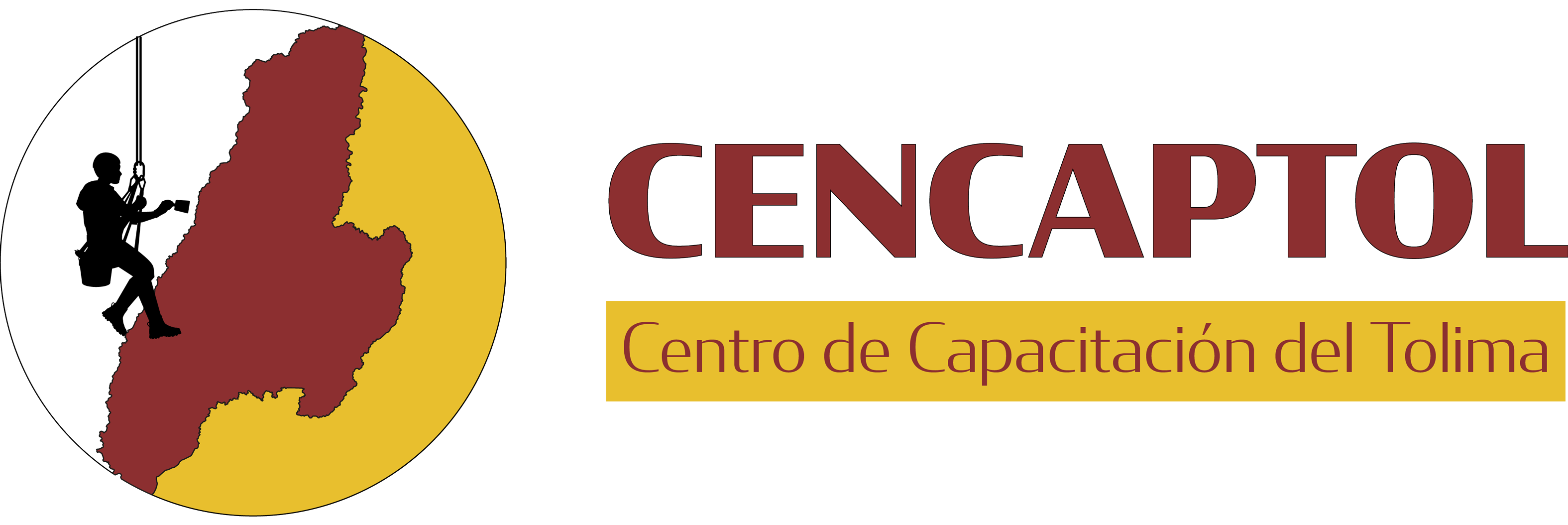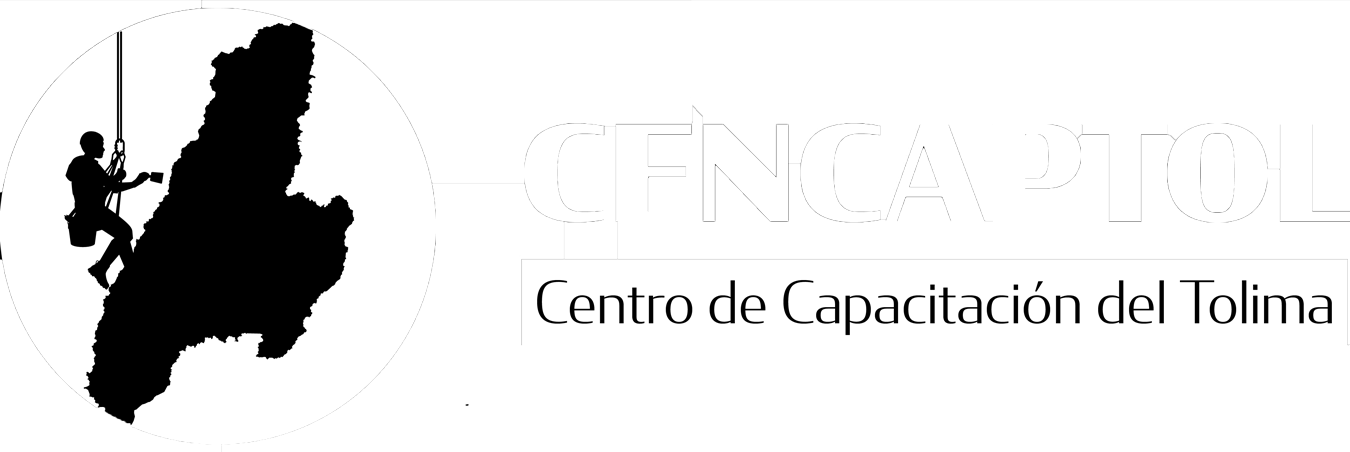Content
The lease transfers ownership of the property to Cornell by the end of the lease term. This criterion is met in situations where the lease agreement provides for the transfer of title at or shortly after the end of the lease term in exchange for the payment of a nominal fee, for example, the minimum required by statutory regulation to transfer title. FASB ASC 842 requires Cornell to determine whether a contract contains a lease before deciding on the appropriate accounting treatment. If the agreement contains a lease, it must be classified as either an operating or a finance lease and the appropriate object code must be used for transactions related to the lease.
It is based on the accounting equation that states that the sum of the total liabilities and the owner’s capital equals the total assets of the company. Capital Leases are the rented ownership of any form of capital asset (machinery, equipment, factories etc.) that adds value to the company. For accounting purposes, capital leases are included in assets.
- A capital lease, referred to as a finance lease under ASC 842 and IFRS 16, is a lease that has the characteristics of an owned asset.
- To that extent, the leases will be similar to capital or finance leases.
- It’s not uncommon for a capital lease payment to be more expensive than an operating lease payment.
- These statements specify the appropriate accounting for leases through their classification as either capital or operating.
A capital lease adds to both the asset and liability side of the balance sheet; operating leases do not affect the balance sheet at all. A lease is a financing transaction called a capital lease if it meets any one of four specified criteria; if not, it is an operating lease. Capital leases are treated as the acquisition of assets and the incurrence of obligations by the lessee. Operating leases are treated as current operating expenses. Income Statement → The income statement is where the accounting treatment is different between operating and capital leases, as the lease expense is recorded throughout the lease term. The distinction between capital leases and operating leases merely comes down to whether there are ownership characteristics, which determine the presentation of the lease on the financial statements.
AccountingTools
Operating leases provide much-needed flexibility to companies that frequently update or replace their equipment. Estimated Residual Value of Leased Asset – the estimated fair value of the leased at the end of the lease term. The classification of large transactions, such as sale and leasebacks of property, may have a significant https://simple-accounting.org/ effect on the accounts and on measures of financial stability such as gearing. However, it is worth remembering that an improvement in financial gearing may be offset by a worsening of operational gearing and vice versa. The responsibility of maintenance of asset is transferred to the lessee, which increases the cost.
This is appealing for a large ticket piece of equipment that could break down often, like a car or industrial printer. By having the depreciation calculations of the asset on the balance sheet, the business can save on taxes. This is because depreciation losses affect the income calculations overall. Get instant access to lessons taught by experienced private equity pros and bulge bracket investment bankers including financial statement modeling, DCF, M&A, LBO, Comps and Excel Modeling. The Financial Accounting Standards Board amended its rules in 2016. Under the amendment, the lessee will be required to recognize both assets and liabilities for a lease exceeding a term of 12 months.
Resources for Your Growing Business
For weak-form finance leases , the assets would be depreciated over the shorter of the useful life or the lease term. This is a subtle difference, but it obviously has profound accounting implications. Because they are considered assets, capital leases may be eligible fordepreciation. If you want to lease but want the benefit of depreciating the asset, check with your tax professional before you agree to a capital lease, to be sure it meets the criteria to be depreciable.
The present value of all lease payments is considered to be the cost of the asset, which is recorded as a fixed asset, with an offsetting credit to a capital lease liability account. As each monthly lease payment is made to the lessor, the lessee records a combined reduction in the capital lease liability account and a charge to interest expense.
Capital Lease vs. Operating Lease
The lessor may or may not bear the cost of insurance, repair, maintenance, etc. ASC 842 also simplified the guidance For lessors by eliminating “leveraged type” leases. Base Monthly Rent means the fixed monthly rent payable by Tenant pursuant to Section 3.1 which is specified in Section K of the Summary.
Capitalized Lease Method Definition – Investopedia
Capitalized Lease Method Definition.
Posted: Sat, 25 Mar 2017 21:57:57 GMT [source]
It helps the investors determine the organization’s leverage position and risk level. LesseeA Lessee, also called a Tenant, is an individual who rents the land or property from a lessor under a legal lease agreement.
Advantages and Disadvantages of a Finance Lease
A capital lease is a specific kind of renting contract between a lessor and lessee. The contract allows for the renter to use the asset for a temporary period. On the accounting ledger, the business will treat the asset like it owns it. At the end of the lease term, the business has the opportunity to buy the asset or return it. In 2016, the Financial Accounting Standards Board made an amendment to its accounting rules requiring companies to capitalize all leases with contract terms above one year on their financial statements.
In addition to depreciation, the interest expense component of the lease payment can also be deducted as an operational expense. Lessee’s Incremental Borrowing Rate – the rate that, at the inception of the lease, the lessee would have incurred to borrow over a similar term the funds necessary to purchase the leased asset.
Pros of Operating Leases
Over the life of a lease, total expenses are equal regardless of the accounting treatment of a lease. If the lease is capitalized, total expenses comprise interest and depreciation. The total of these equals the total amount of rental payments, which would comprise rent expense if not capitalized. There is, however, a timing difference between lease capitalization and operating lease treatment but it is usually not significant. Operating leases are a little easier in terms of accrual accounting. Because you’re just renting the asset and it’s not the property of the business, there’s less to keep track of. You can record it under the appropriate expense category on your income statement.
- Both operating leases and finance leases allow a company to rent and use an asset.
- The criteria for being classified as a finance lease are similar to the above, but judgement is required – simply meeting one requirement may not be enough.
- ASC 842 also simplified the guidance For lessors by eliminating “leveraged type” leases.
- Capital lease payments reduce the liability for the lease, and the interest on lease payments is a deductible business expense.
- The offsetting entry recorded is the capital lease liability account, which we’ll set equal to the ROU asset, i.e. link to the $372k from the prior step.
Installment payments for assets leased under an operating agreement are recognized as a rent expense on a balance sheet. They are recorded in financial statements under the cost of sales or operating expenses.
Capital lease
If the lease meets any of the following five criteria, then it is a finance lease. There isn’t much of a change in the way finance leases are treated for lessees. What’s most significant is that there are now five tests you must complete to determine the lease classification, instead of four. Another distinction is that the lease classification is performed at lease commencement under ASC 842, instead of when a lease is signed. You can calculate the present value of the lease payments using the rate implicit in the lease, or an approximation of the university’s incremental borrowing rate, which you can obtain by contacting Accounting. Verify that the account being charged for the lease payment maps to the same PLCAPT account in which the lease liability was recorded. Capital leases are used for long-term leases and for items that don’t become technologically obsolete, such as buildings and many kinds of machinery.
The long term lease liability is the liability balance that will not be resolved within the next 12 months. This can be calculated by summing the remaining balance of liability reduction after the first 12 months, or by taking the difference between the total lease liability balance and the short term lease liability balance of the current month. Download our free present value tool that performs the present value calculation for you. Using this tool, we calculate a present value of $15,292.65, which is greater than 90% of the Capital Lease Definition fair value of the asset (90% of $16,000 is $14,400). This lessee has chosen to utilize the 90% threshold to represent “substantially all” of the fair value of the asset. As a result, this lease is classified as a finance lease per the fourth test, and as such finance lease accounting needs to be applied. As a refresher, an operating lease functions much like a rental agreement, where the lessee pays to use an asset but doesn’t enjoy any of the ownership economic benefits nor incur any of the risks that come with ownership.
What are the Criteria for a Capital Lease?
When a lease meets certain criteria, the asset being “rented” is recorded as an asset and a liability is also recorded. A lease that is truly a rental arrangement is known as an operating lease. The present value of the lease payments and any residual value guaranteed by the lessee equals or exceeds substantially all of the fair value of the asset (90% of the total original cost of the equipment).

